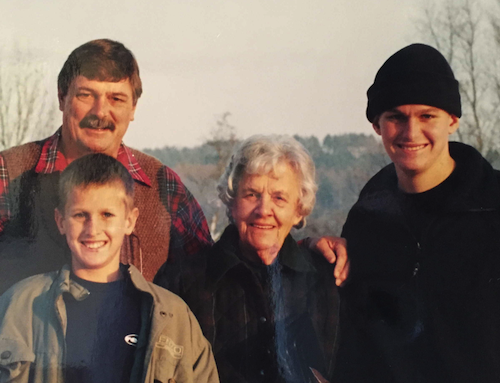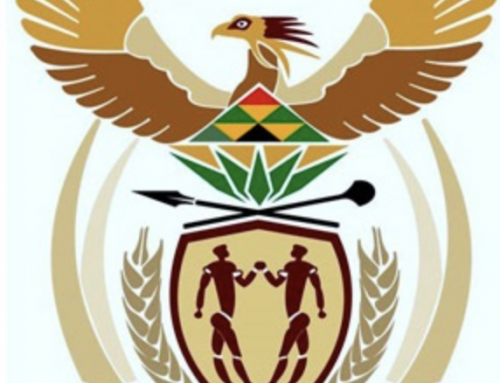In the Classroom
Overview of Lesson Plan: This lesson will create an awareness regarding the importance of tracing your ancestors and cemeteries. Pupils will examine their family trees, grave symbols and epitaphs, as well as focusing on their connection to both their family and the societies in which they lived. Pupils then create a family tree; create an epitaph and a brief biography of a deceased family member or historical figure that they admire.
Suggested Time Allowance: 1 hr 45 minutes
Objectives:
Students will:
1. Fill in forms to record their family history and interview their parents and relatives for the relevant and correct information
2. Visit the local cemetery and record dates of births and deaths of various families (e.g. groups of family names)
3. Write their experiences as to the conditions of the graves and how they are kept.
4. Examine the epitaphs and grave symbols on the various tombstones and try to find out what background the individual comes from or what society or regiments they belonged.
5. Design an epitaph for a deceased member of family or historical figure.
6. Research and write a brief biography on one of the above.
7. Note the different types of material the tombstones are made from and how they have changed.
Resources / Materials:
Classroom, blackboard, pens, pencils, clipboard, paper
Activities / Procedures:
Pre cemetery visit
1. Students need write the first thing that comes to mind about when they hear the word “cemetery”. The then discusses the various aspects of cemeteries and how they interpret it.
2. Pupils are to fill in family group sheets and find out when and where there ancestors were born and died
3. Pupils to visit local cemetery
4. Discuss the ages of the people who died and
a) Compare their longevity to those that are in the graveyard
b) What they could have died of taking into consideration their social background and historical events at the time e.g. war, epidemic etc.
5. Discuss what epitaphs are, and what can they tell us about the person about whom they were written?
5. Discuss what interesting information you discovered in the cemetery about the people buried there.
6. Discuss why it is important to record family history and tombstone inscriptions.
7. Discuss future ways of preserving the writing on the tombstones and come up with innovative ideas for preservation.
Students research the historical figure that is the focus of their epitaph and write a brief biography of the person. Students should include date of birth and date of death (if known), important accomplishments achieved, and a short explanation of how the created epitaph is appropriate in honouring this individual.
Further Questions for Discussion:
In what ways can graveyards be rich historical sources?
What historical information can we gain from visiting cemeteries?
What are epitaphs, and what can they tell us about the person about whom they refer?
What connections can be made among people buried in a particular cemetery other than familial relations?
Why would a person want to visit a cemetery?
Are cemeteries safe and what should be done about improving that?
Evaluation / Assessment:
Students will be evaluated based on written composition about graveyards, participation in class discussions as well as in cemetery. Write an epitaph of a family member or famous historical figure as well as a biography.
Vocabulary + Dictionary:
Learn new words that are not often used
Extension Activities:
1. Visit both a modern and an older graveyard. What similarities exist in the layouts of the plots and the headstones and monuments?
What differences exist?
2. Find out about a local graveyard that your class or school can “adopt” from a municipal office or historical society. Then, visit the cemetery and “adopt” a grave by cleaning it up and making it beautiful.
Geography:
Create a map of a local cemetery and get a GPS to map its coordinates.
Arts:
Find out more about the art of gravestone-making and visit a local monumental mason.
Job opportunities:
Find out about becoming an undertaker or a monumental mason, town planning, archaeologist or genealogist .
[facebook]







